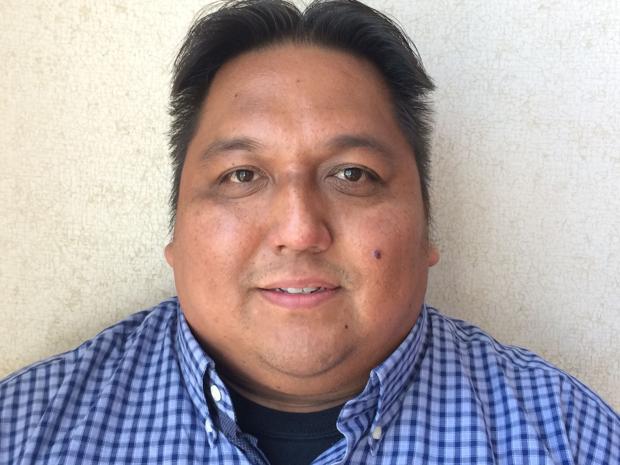Students in Yukon will be learning more about residential schools this year.
Yukon schools will be using material prepared by the Truth and Reconciliation Commission.
Commissioner Marie Wilson said the recordings made by the TRC belong to all Canadians, which is why the TRC is putting its material online and in the public domain.
"This is Canadian public history and is really essential," she said.
Anyone can reproduce the material, make physical copies of books or create publications with survivors' stories.
Different publishing houses are already adapting the TRC's material
"I think the point of it all is that there's no one publication that tells the whole story," Wilson said.
Making the material available for free also saves money, Wilson said. "In Ottawa we had 500 copies of things that we prioritized in sharing out with survivors who were there," she said.
"We can't say that we've provided enough copies for the 70,000 survivors that are alive today, not for all the schools."
In Yukon, the department of education has already worked with the Tr'ondëk Hwëch'in First Nation to produce a hard copy book called Finding Our Way Home.
MORE:
The Department of Education says it will use TRC materials in classrooms this year. The department established a Grade 10 Social Studies unit on residential schools last year.
The book Survivors Speak and other titles can be downloaded for free from the TRC website.
A sense of relief and a sense of accomplishment is how Dene National Chief Bill Erasmus described the mood in Ottawa as the Truth and Reconciliation Commission released its 94 recommendations on how the country can move forward after residential schools.
 |
| Judy Gingell, an executive elder for Kwanlin Dün First Nation and a former Commissioner of Yukon, says she agrees with the TRC panel's recommendations and says education is essential to true reconciliation. (CBC) |
"All Canadians have a personal responsibility to learn about this time in Canadian history," she said in a statement. "Before reconciliation can truly move ahead, we all need to know the truth of what happened."
It's estimated between 3,000 and 4,000 Inuit from Nunavut attended residential schools.
 |
| Therese Ukaliannuk of Igloolik, Nunavut, says her 6-year-old daughter was taken to residential school while she was in the south with tuberculosis. She never saw her daughter again, or learned where she was buried. (CBC) |
In a news release, the Makivik Corporation said it is pleased with the TRC's work and its final report and recommendations.
"Now we have been given the whole story and a blueprint to recovery. Let's do it," said Jobie Tukkiapik, Makivik Corporation president, in the release.
Therese Ukaliannuk, an elder from Igloolik, Nunavut, who now lives in Iqaluit, told her story to Igalaaq host Madeleine Allakariallak in Inuktitut.
Ukaliannuk's six-year-old daughter was sent south to residential school while she herself was in the south receiving treatment for tuberculosis. The little girl never returned.
Her mother never learned where she is buried.
- Truth and Reconciliation report brings calls for action, not words
- Truth and Reconciliation: More stories, analysis, photos, videos



















